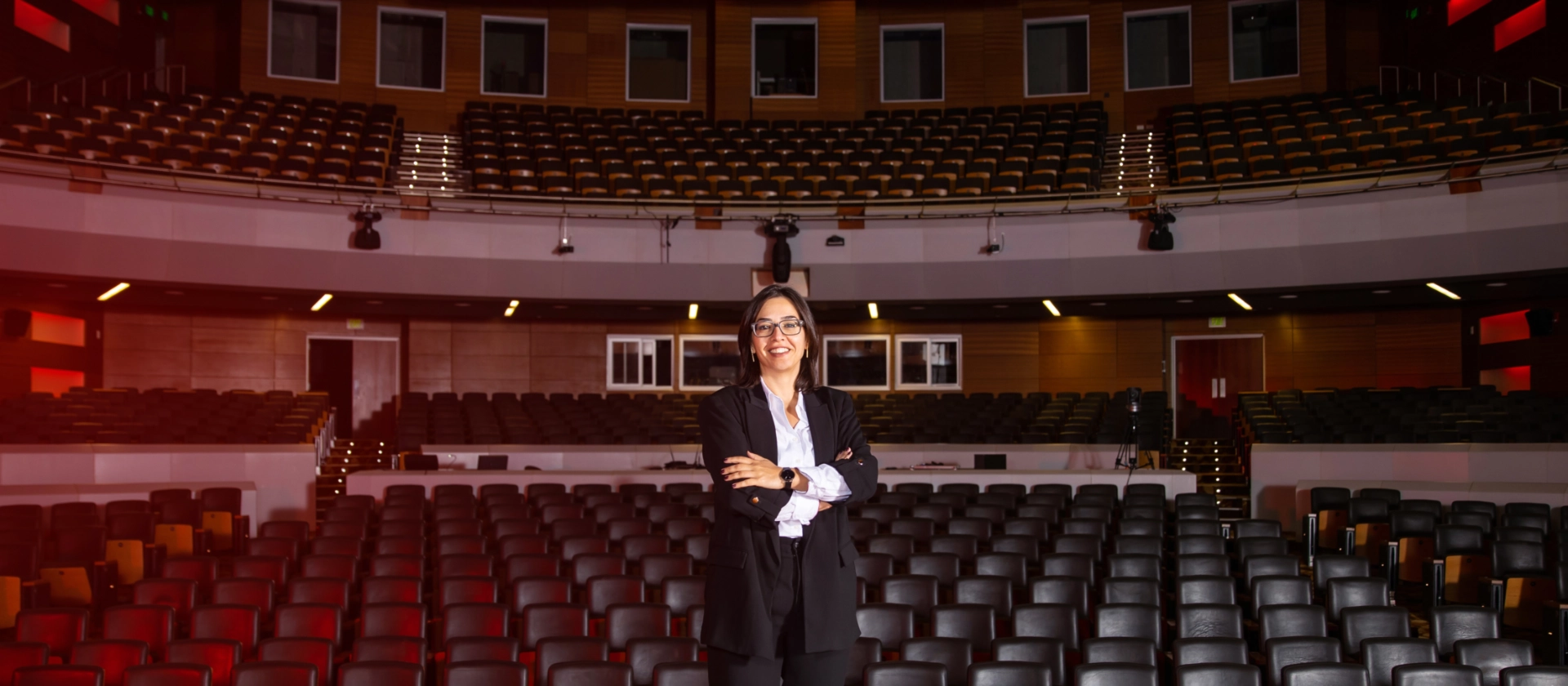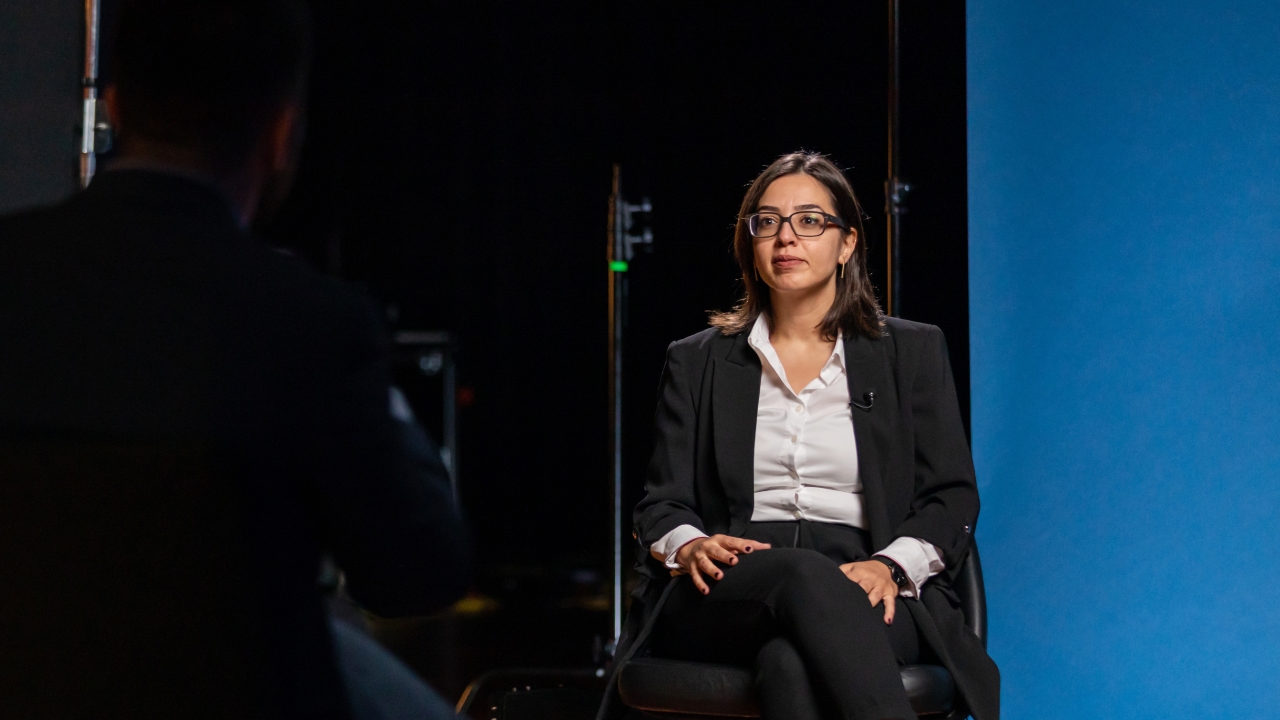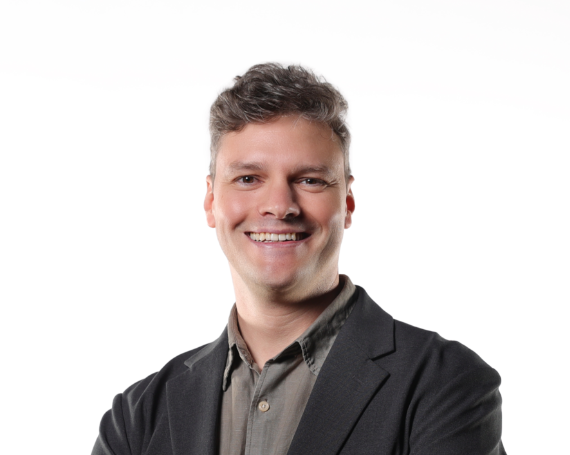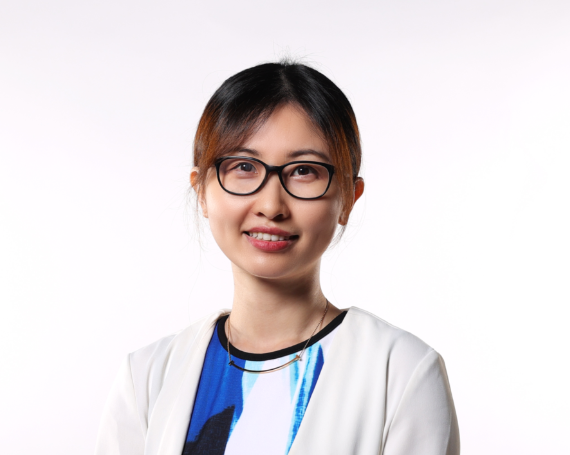
Sahika Inal
Associate Professor of Bioengineering

Inal’s research is about finding simple solutions to complex problems, one question at a time.
Going Viral with Bioelectronics
Growing up in Southern Türkiye, Professor Sahika Inal was endlessly curious about how things work and the nature of the world around her, but she doesn’t believe that made her exceptional. “All kids are interested in science and technology,” she suggests, “because they love asking the question ‘why?’ and then, they ask ‘how?’” Of course, not all kids build a career around answering these questions as Inal has done. Her curiosity has remained a key motivator through her undergraduate studies in Türkiye, her postgraduate studies in Germany, and the postdoc she completed in France before she arrived at KAUST in 2016.
Having obtained her bachelor’s degree in textile engineering, Inal’s interest in experimental research reached new levels when she had her first experience in a chemistry lab. Hands-on, lab-based research became an integral part of her life while she studied for her master’s degree in polymer science, an “intense program” across four different universities in Berlin: Technische Universität Berlin (TU), Humboldt-Universität zu Berlin (HU), Freie Universität Berlin (FU) and University of Potsdam (UP). Inal credits her time in Berlin as the start of her path toward academia; before then, she believed she would just “get a degree and then move into industry.” During her postgrad, however, she “got very much into the basic science,” and realized that she had more than the requisite perseverance to conduct lengthy research projects. “I worked like dynamite,” she clarifies, proudly.
At KAUST, Inal leads the Organic Bioelectronics Laboratory, where she works to develop “electronic devices that can communicate with living systems.” These devices include biosensors that can “pick up weak biological signals,” and therapeutic tools that can “interfere with communication” in diseased cells. Currently, the lab is exploring possibilities for the development of a tool that can help clinicians with the diagnosis of respiratory viruses. “There are many types of virus that give us the same symptoms,” Inal explains, “but some of them are more fatal than others.” Having a tool that is “fast enough, cheap enough, and accurate enough” at identifying the specific virus causing disease could save countless lives all over the world. This alleviation of human suffering is precisely the level of impact Inal is striving for.

Inal’s research is about finding simple solutions to complex problems, one question at a time, and her genuine curiosity ensures that this doesn’t always feel like work, as such. In addition to the science itself, however, she finds great joy in observing her students and helping them find their way along the same path she has followed. “I think I benefited a lot from close supervision,” she says of her own time as a student, “so I try to do the same.” A big part of working with her students is teaching them to think differently; some are quick to believe, for example, that an experiment which does not produce the expected results was a waste of time. As Inal points out, however, it is often the case that they have “done the right experiment but interpreted the results in the wrong way.” This is just one aspect of the wisdom she has accumulated that she happily bestows upon her students as they navigate their own academic journeys.
The work within Inal’s lab is helped enormously by interdisciplinary collaboration, the potential for which was one of the main reasons she was drawn to KAUST. “It’s not just that we have the tools and the equipment, but also the people who know how to use it.” Of course, that is the case in many universities, but the added bonus at KAUST is that faculty and students all live together on its beautiful Red Sea campus. Inal believes it’s much easier to forge those collaborative connections because people “see each other all the time.” There’s certainly something special about a research institute where the seed of a scientific breakthrough can be sown in the queue at the supermarket. “It’s a privilege to work in an environment like we have at KAUST,” Inal affirms in conclusion, “so I try to make the best of it.”


